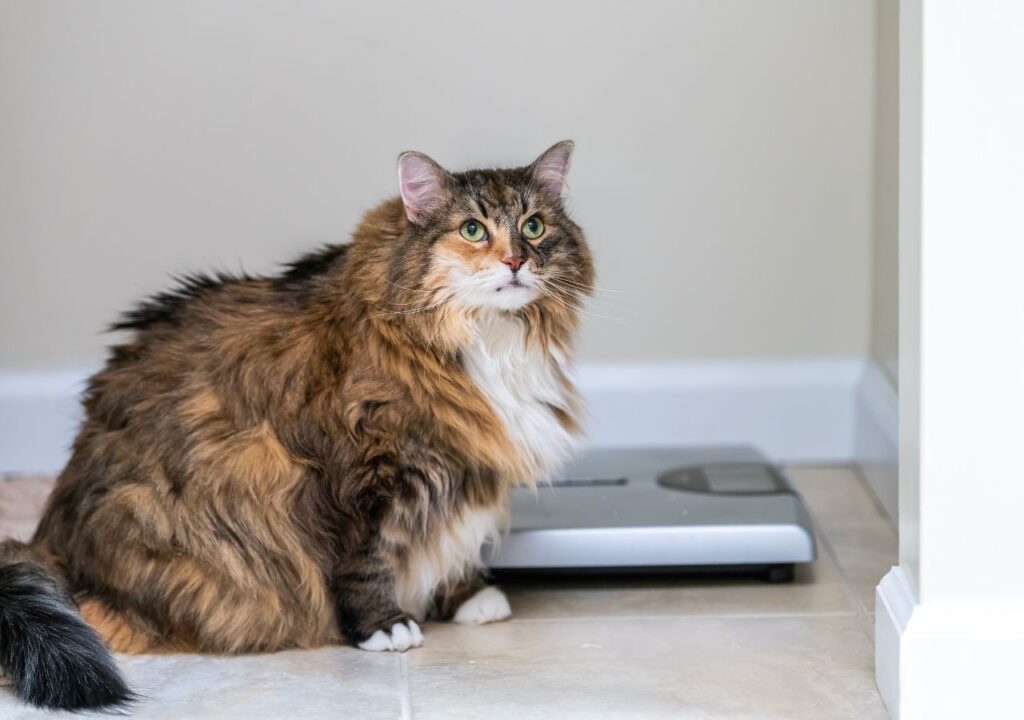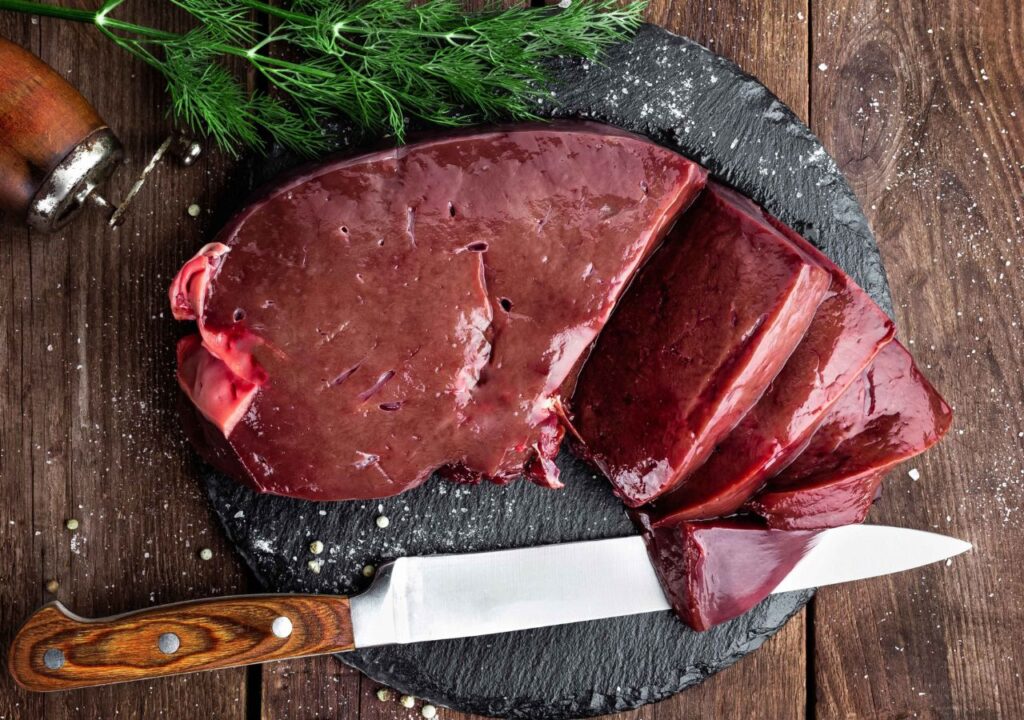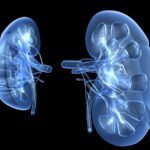Diabetes mellitus in cats is a disease that needs to be diagnosed quickly and treated properly to ensure your pet’s well-being and health. Learn about the main symptoms of feline diabetes, effective treatments, and the impact of diet!
Diabetes mellitus in cats – Symptoms
Diabetes mellitus in a cat can develop gradually, and symptoms may be subtle at first. However, it pays to be on the lookout for unusual behavior in your pet that may signal a problem. Learn about the symptoms you should be aware of:
Increased thirst – does your cat suddenly drink a lot more water than usual? This can be one of the first signs of diabetes. It’s often easy to notice, especially if your cat used to drink small amounts of water. Now the bowl may be emptying faster than ever.
More frequent urination – Increased water intake goes hand in hand with more frequent litter box visits. Keep in mind that excessive urination can lead to dehydration.
Unexpected weight loss – Sudden weight loss is one of the hallmark symptoms of diabetes. The cat’s body is unable to use glucose properly, causing it to lose weight.
Increased appetite – Diabetes makes the cat hungry all the time because the body does not get enough energy from food. Despite the increased appetite, the cat may continue to lose weight.
Sluggishness and lack of energy – If your normally active cat suddenly begins to avoid play, shows less interest in his surroundings, and sleeps more, it may be a sign that diabetes is weakening his body.

Diabetes mellitus in cats – Causes
There are many factors that can contribute to the development of this disease. Understanding the causes of diabetes can help pet guardians better manage their pets’ health and avoid the risk of the disease:
Overweight and Obesity – Overweight and obesity are among the leading causes of diabetes in cats. Excess body fat leads to insulin resistance, which means the cat’s body does not respond properly to insulin.
Poor diet – A diet high in carbohydrates, especially dry food, can increase the risk of diabetes. As carnivores, cats are biologically adapted to eat protein foods, not carbohydrates.
Age of the cat – As a cat ages, its body may lose the ability to properly regulate blood glucose levels, leading to the development of the disease. Older cats, especially those that are overweight, should be monitored regularly for diabetes.
Comorbidities Conditions such as pancreatitis and Cushing’s syndrome can lead to the development of diabetes. Damage to the pancreas, which is responsible for insulin production, disrupts sugar metabolism, which can lead to insulin resistance or a lack of insulin in the body.

Diabetes mellitus in cats – Diagnosis and treatment?
The key is to get a correct diagnosis from the veterinarian, who will perform blood tests, and one of the most important indicators is the fructosamine level. This test shows how stable the cat’s sugar levels have been over the past few weeks, which helps to accurately assess the condition.
Like humans, most cats with diabetes require regular insulin injections. Regular blood testing, glucose monitoring and therapy adjustments are key to keeping a cat healthy. Over time, caregivers learn to recognize signs of stabilization or problems, making daily care easier.
Diabetes mellitus in cats – Diet
A low carbohydrate diet is an absolute must when treating diabetes in cats. It is necessary to avoid dry foods that are high in carbohydrates and focus on natural, meaty foods that are more in line with the cat’s nature.
BARF or cooked food – which should I choose?
BARF is a raw diet of meat, offal and other ingredients that mimics the natural diet of wild cats. For cats with diabetes, the BARF diet has many benefits because it is almost completely free of carbohydrates, which helps stabilize blood sugar levels.
A cooked diet is an alternative to a raw diet in which meals are prepared from meat, offal and supplements to minimize the risk of infection in a weakened body. Some caregivers find it more convenient and safer if they have concerns about raw meat.
The BARF diet is more natural and more like the diet of wild cats, but requires some attention to preparation and supplementation. The cooked diet, on the other hand, is similar to the BARF diet, but heat treatment comes into play.
In addition: If a cat is overweight or obese, its diabetes may be more difficult to stabilize. Losing excess weight is also an important part of the diet. Your cat’s weight loss should be gradual and under the supervision of a veterinarian or nutritionist.

Diabetes mellitus in cats – Complications
Diabetes in the cat can lead to serious complications if not treated properly:
- Ketosis High levels of ketones in the body, resulting in metabolic acidosis. Symptoms include vomiting, listlessness, and foul odor from the cat’s muzzle. Requires immediate veterinary attention.
- Diabetic neuropathy Nerve damage caused by prolonged high glucose levels. It can manifest as weakness in the hind limbs and difficulty walking.
- Urinary tract infections High sugar levels promote urinary tract infections. Symptoms include frequent urination, pain, and foul-smelling urine.
- Retinopathy Damage to the blood vessels in the retina, which can lead to vision problems or blindness.
- Electrolyte imbalance can lead to dehydration, acid-base imbalance, and general weakness.
- Kidney damage High sugar levels can damage the kidneys, leading to chronic kidney disease. Symptoms include increased thirst and frequent urination.




